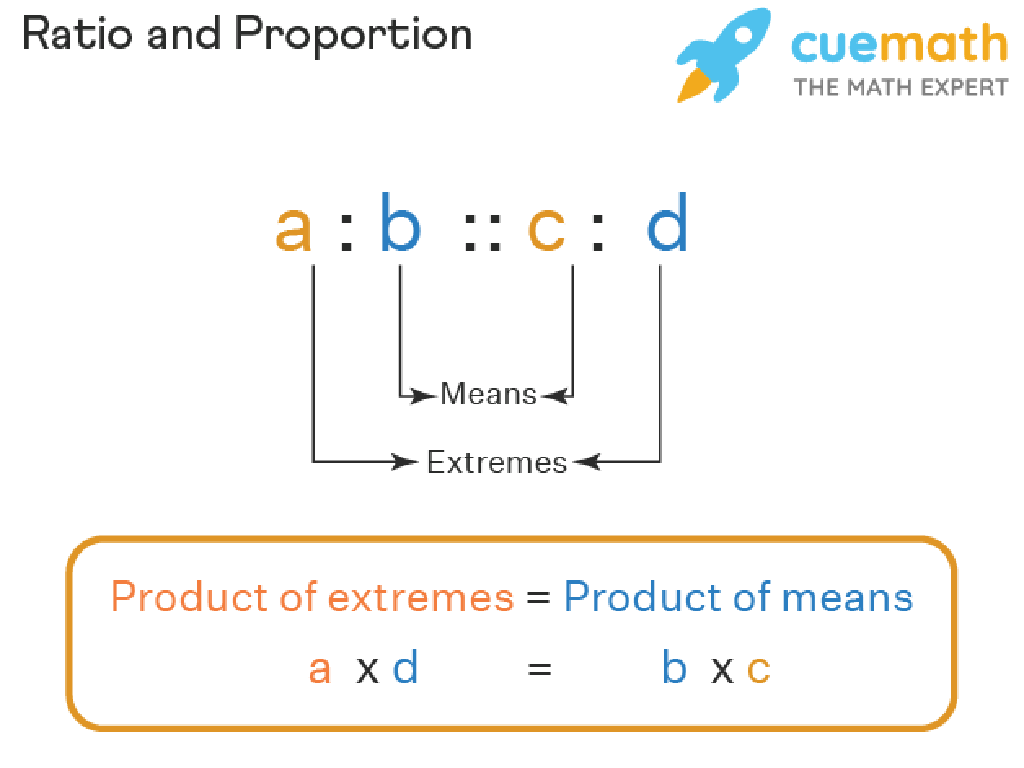Animal Adaptations: Beaks, Mouths, And Necks
Subject: Science
Grade: Fifth grade
Topic: Adaptations
Please LOG IN to download the presentation. Access is available to registered users only.
View More Content
Animal Adaptations: Survival Tools
– Adaptations help survival
– Adaptations are features that help animals live in their environments
– Today’s focus: Beaks, Mouths, Necks
– Birds have different beak shapes, animals have various mouth types, and some have long necks for food
– Each adaptation has a purpose
– A bird’s beak shape can tell us what it eats, just like the mouth of a lion versus a rabbit
– Importance of adaptations
– Adaptations can mean the difference between thriving and extinction
|
This slide introduces the concept of animal adaptations, specifically focusing on beaks, mouths, and necks. Adaptations are specialized features that have evolved over time to help animals survive in their specific environments. For example, a bird’s beak shape is adapted to its diet, such as a hummingbird’s long beak for reaching nectar or an eagle’s sharp beak for tearing meat. Similarly, the varied mouth structures of different animals are suited to their feeding habits, and the neck length can be crucial for accessing food, like the long neck of a giraffe. Understanding these adaptations helps us appreciate the diversity of life and the intricacies of evolution. Encourage students to observe animals they see daily and think about the adaptations those animals have for survival.
Exploring Animal Adaptations
– What is an adaptation?
– An adaptation is a trait that helps an organism survive and reproduce.
– Examples of animal adaptations
– Duck’s webbed feet for swimming, giraffe’s long neck for reaching leaves.
– Adaptations fulfill basic needs
– Adaptations like sharp teeth or beaks help animals eat.
– How adaptations aid survival
– Traits that improve an animal’s chances in its environment.
|
This slide introduces the concept of adaptations in animals, which are special features that allow them to survive in their specific environments. Explain that adaptations can be physical, like the shape of a bird’s beak, or behavioral, like migration patterns. Use engaging examples like the webbed feet of ducks that help them swim or the long necks of giraffes that allow them to reach high leaves. Emphasize how these adaptations are essential for meeting basic needs such as food, shelter, and protection. Encourage students to think of other examples and consider how these adaptations make it possible for animals to thrive in diverse habitats.
Bird Beaks and Their Functions
– Diversity of bird beaks
– Beaks vary greatly among birds and serve different purposes.
– Beak shapes link to diet
– A bird’s beak shape often indicates the kind of food it eats.
– Activity: Match beaks to food
– Understanding adaptation
– Birds evolve beaks to suit their environment and food sources.
|
This slide introduces students to the concept of adaptation in birds, focusing on how different beak shapes serve various functions. Start by discussing the diversity of bird beaks and how they have adapted over time to help birds survive in their environments. Explain that the shape of a bird’s beak is closely related to its diet, with different shapes suited to different types of food. For the activity, provide pictures of birds and various food sources and ask students to match each bird to the food it is most likely to eat. This will help them apply their understanding of the relationship between beak shape and diet. Encourage students to think about how these adaptations have helped birds to thrive in their specific habitats.
Mammal Mouths and Their Diets
– Mouth shapes adapt to diets
– Differences: Herbivores, Carnivores, Omnivores
– Herbivores have flat teeth for plants, carnivores sharp for meat, omnivores mixed for both.
– Case Study: Anteater’s specialized mouth
– Anteaters have long snouts to eat ants and termites.
– Anteater’s diet and mouth adaptation
– Their tube-like mouths are perfect for slurping up insects!
|
This slide explores how the shape of a mammal’s mouth is specialized to match its diet. Students will learn the differences between herbivores, which eat plants and have flat teeth for grinding; carnivores, which eat meat and have sharp teeth for tearing; and omnivores, which consume both plants and meat and have a combination of teeth types. The case study of the anteater illustrates how some mammals have highly specialized mouths; anteaters have long, narrow snouts and tongues to reach into ant hills and termite mounds, showing a clear link between physical adaptations and dietary needs. Encourage students to think of other animals and how their mouth shapes relate to what they eat.
The Neck’s Role in Adaptation
– Neck length as an adaptation
– Giraffes’ long necks
– Giraffes use their height to reach leaves high up in trees.
– Turtles’ retractable necks
– Turtles pull their heads into their shells for protection.
– Swans’ graceful necks
– Swans use their long necks to reach food in water without submerging.
|
This slide explores how different animals have adapted their neck length for survival. Giraffes have evolved long necks to feed on leaves from tall trees, giving them access to a food source that other ground animals cannot reach. Turtles have developed retractable necks that allow them to withdraw their heads into their shells for protection against predators. Swans have long, flexible necks to help them forage in water while keeping their bodies afloat. Encourage students to think about the advantages these adaptations provide and how they help the animal survive in its environment. Discuss other animals with notable neck adaptations and what benefits they might gain from them.
Adaptation Exploration: Survival in Habitats
– Identify habitat adaptations
– Look at how animals’ beaks, mouths, and necks fit their homes
– Adaptations’ role in survival
– Discuss how these features help animals eat and avoid predators
– Group Activity: Design an adapted animal
– Use your creativity to invent an animal perfectly suited to its environment
|
This slide introduces the concept of animal adaptations, specifically focusing on beaks, mouths, and necks, and how these features help animals survive in their specific habitats. Start by discussing various habitats and the unique challenges they present to the animals living there. Then, explore how certain adaptations have evolved to turn these challenges into advantages. For the group activity, divide the class into small teams and have them create an animal with special adaptations for a chosen habitat. Provide materials for drawing or crafting. Encourage creativity and thoughtful consideration of the habitat’s conditions. Possible activity variations: 1) Assign different habitats to each group, 2) Have a gallery walk to view all the created animals, 3) Vote on the most well-adapted animal, 4) Discuss how real animals have similar adaptations.
Class Activity: Adaptation Artistry
– Draw an animal with an adaptation
– Label the adaptation on your drawing
– Explain the function of the adaptation
– For example, a giraffe’s long neck helps it reach leaves high up in trees
– Share and discuss your artwork
|
This activity is designed to help students understand the concept of animal adaptations by engaging them in a creative and interactive drawing task. Students will select an animal of their choice and draw it with a specific adaptation, such as a bird’s beak shape or a giraffe’s long neck. They will then label the adaptation and explain its function, which encourages them to think about the role of the adaptation in the animal’s survival. After completing their drawings, students will share their work with the class and discuss the different adaptations they’ve illustrated. This will foster a collaborative learning environment where students can learn from each other’s insights. For the teacher: prepare a list of animals with distinct adaptations as examples, ensure drawing materials are available, and facilitate the discussion by asking probing questions about how each adaptation helps the animal survive in its environment.
Recap: Animal Adaptations for Survival
– Review: Adaptations in animals
– Beaks, mouths, and necks adapt for feeding, defense, etc.
– Survival: Why adaptations matter
– Adaptations help animals live and thrive in their environments.
– Engage: Q&A session
– Reflect: Importance of adaptations
– Understanding adaptations helps us appreciate biodiversity.
|
This slide aims to summarize the key points of animal adaptations, specifically focusing on beaks, mouths, and necks, and their importance for survival. Highlight how these adaptations help animals feed effectively, avoid predators, and sometimes attract mates. Emphasize that adaptations are a result of evolution and are crucial for an animal’s success in its habitat. During the Q&A session, encourage students to ask questions about how specific adaptations have evolved and how they help animals in their daily lives. Use this opportunity to assess student understanding and clarify any misconceptions. Conclude by reflecting on the broader significance of adaptations in the diversity of life on Earth.





